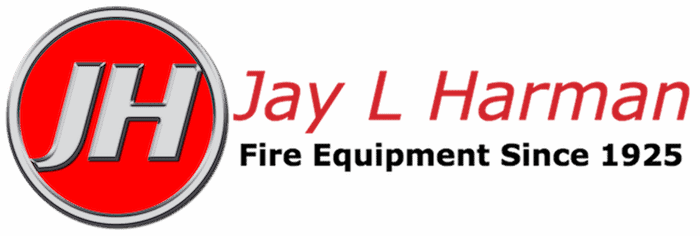Fire suppression systems for commercial kitchens prevent the spread of an already burning fire. Suppression systems use a combination of dry chemicals and wetting agents to suppress cooking equipment fires. Wetting agents are a form of concentrate added to water contained in the system. They improve the fire suppression performance of water by reducing its…
Month: May 2019
Restaurant operators know that wet chemical systems are the only solution to their fire suppression needs. In fact, commercial cooking cannot be done without a state of the art Fire Suppression system. Voluminous cooking with today’s vegetable oils cause high heat conditions therefore creating a hazardous environment to say the least. The potential for a…
